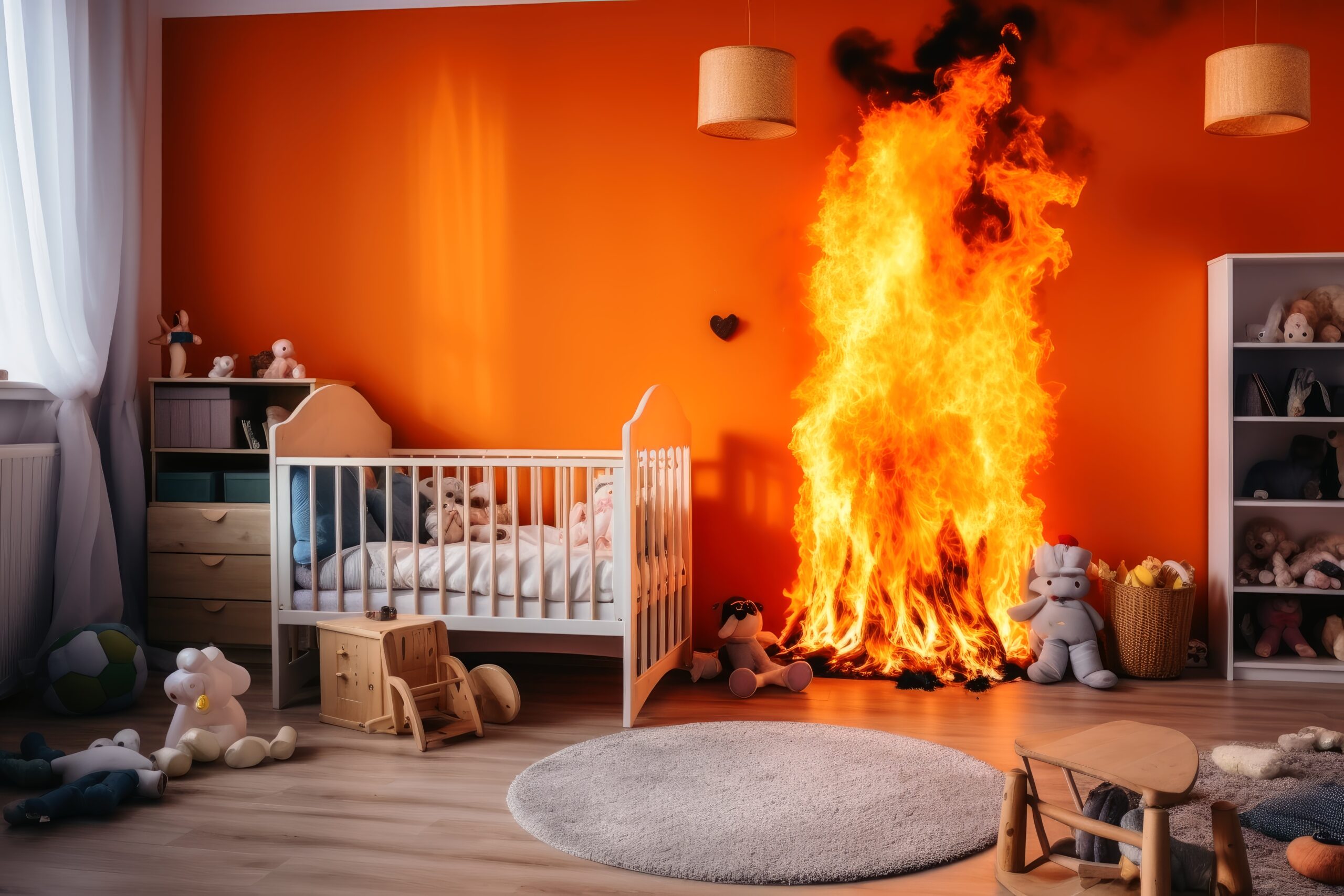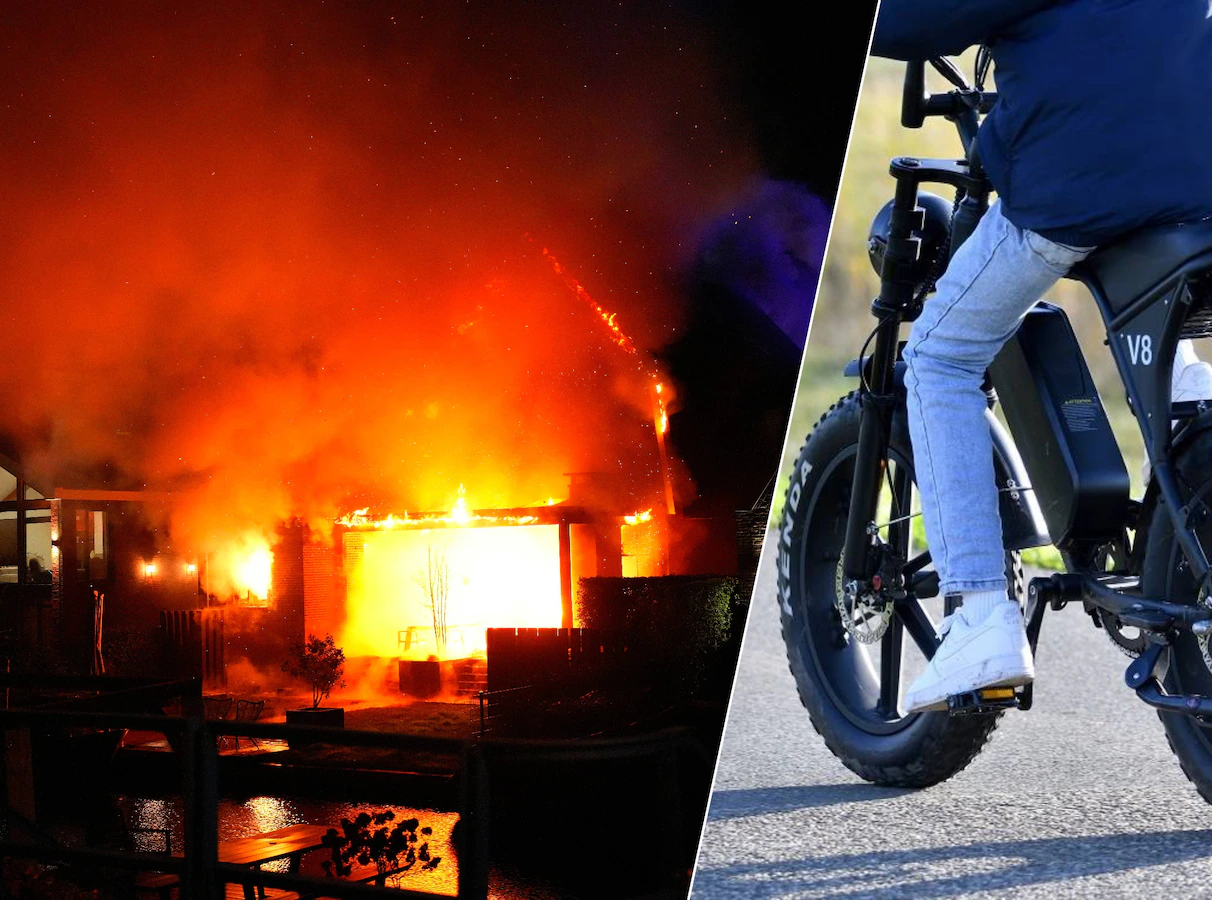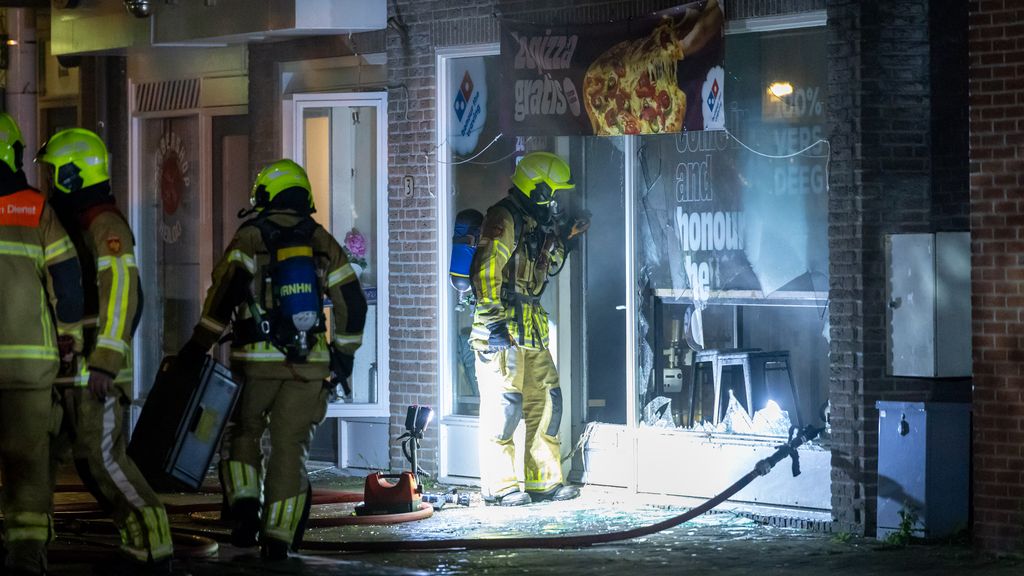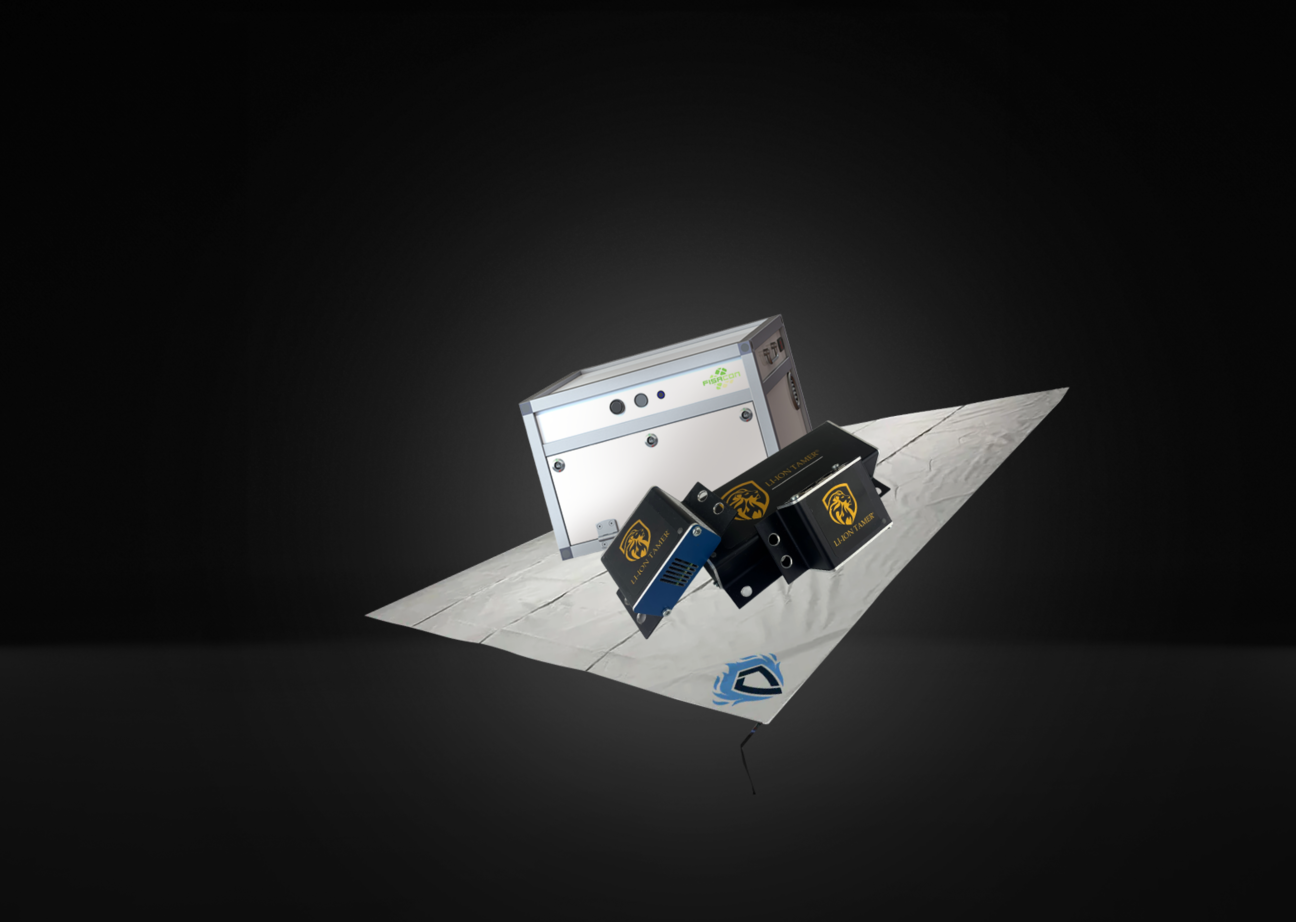contact
The Hidden Fire Risk at Home: Lithium Batteries and How to Stay Safe

Modern households run on rechargeable power. E-bikes and scooters in the hallway, cordless tools in the shed, laptops on the sofa, robot vacuums under the table, lithium batteries are everywhere. Yet most people rarely consider the risk. And fewer still understand how dangerous a lithium battery fire can be for people, property, and the environment.
This article outlines what every household should know: how these fires start, the warning signs to watch for, and the layered protections Liiontek offers so an overnight charge doesn’t turn into a house fire.
A quick “battery census” at home
If you look around, you’ll probably find lithium battery packs in:
- E-bikes, e-scooters and hoverboards
- Power tools and garden equipment
- Laptops, tablets, phones and power banks
- Cordless vacuums and robot cleaners
- Kids’ toys, drones and hobby batteries
Because these are familiar items, the risk feels low. However, familiarity is not the same as safety.
Why lithium battery fires escalate so fast
When a cell is damaged, overcharged, or overheats, it can vent hot, flammable gases. Those gases heat neighbouring cells, creating a chain reaction known as thermal runaway. Temperatures rise rapidly, flames can jet from the pack, and dense, toxic smoke can fill a room within seconds. Even after apparent extinction, residual heat may cause re-ignition.
In short: these incidents behave differently from typical household fires. Speed, toxicity, and the potential for re-ignition make them uniquely hazardous.
Early warning signs you shouldn’t ignore
- Swelling or deformation of the battery or device
- Hissing sounds, popping, or a chemical/solvent smell
- Unusual heat while charging or at rest
- Discolouration, scorch marks, or a damaged casing
If you notice any of the above: unplug the device if it’s safe to do so, move people away, ventilate from a distance, and follow local emergency guidance.
Common risk scenarios in households
- Overnight charging, especially in escape routes like hallways or on stair landings
- Charging near combustibles (soft furnishings, cardboard, curtains)
- Daisy-chaining extension leads and cheap, unapproved chargers
- Storing or charging damaged batteries after a fall or impact
- Charging in unventilated spaces (cupboards, under stairs, cramped sheds)
These situations are avoidable with a few intentional choices.
A practical, layered approach to prevention
Because risk can’t be reduced to zero, the safest plan combines prevention, containment, and first-response:
-
- Set up a safe charging zone on a hard, non-flammable surface, away from escape routes.
- Use approved chargers and avoid overloaded multi-plugs.
- Contain charging with certified equipment designed for lithium batteries.
- Keep the right extinguisher nearby. General ABC units are not designed for lithium-ion incidents.
- Educate the household on warning signs and what to do first.
The Liiontek approach: solutions that fit real homes
Liiontek specialises in lithium fire prevention and response. For households, we recommend a simple combination that delivers containment plus the correct suppression medium.
E-Bike Kit; charge safely, even overnight
Our E-Bike Kit pairs the Li-Fire Battery E-bike blanket or a Li-fire battery bag small with an ASAPs 6L fire extinguisher. The e-bike blanket contains heat and flames if a pack fails during charging, helping to prevent spread to nearby materials. The extinguisher provides rapid, targeted action for early-stage incidents. Together, they turn an ordinary corner of the garage into a safer charging zone.
Home Kit; add personal protection for intervention
For broader readiness, the Home Kit combines an ASAPs 2L with the LFIM Intervention Kit. The LFIM includes a respirator mask and heat-resistant gloves that offer up to 15 minutes of protection against harmful fumes, so a trained adult can approach more safely to operate the extinguisher or relocate a compromised pack if procedures require it.
RACLAN Box; monitored charging and localisation
In utility rooms or shared garages, the Fisacon RACLAN Box adds an extra layer: monitored charging with temperature-based alarms and power cut-off to help localise an incident at the source. It’s a smart upgrade when multiple packs are charged daily.
Real-world example: An e-bike battery left charging in a utility room fails at 02:30. Without containment, flames impinge on shelving and paint cans, and smoke blocks the escape route. With the E-Bike Kit, the pack is charged inside the Li-Fire bag or the complete bike under the blanket; heat and flame remain confined, buying time to respond with the ASAPs 6L and evacuate safely.
Your Home Lithium Safety Checklist
Use this quick checklist to reduce risk today:
- Charge on a non-flammable surface, clear of exits
- Keep devices visible while charging; avoid overnight if you can
- If you must charge at night, contain the pack (battery bag/blanket or RACLAN)
- Use only manufacturer-approved chargers and cables
- Never charge swollen, damaged, or wet batteries
- Store packs cool, dry, and away from direct sun
- Keep a lithium-capable extinguisher (e.g., ASAPs 2L) within reach
- If you smell chemicals, hear hissing, or see smoke: unplug if safe, move away, ventilate from a distance, and call emergency services
FAQs
Is it safe to charge an e-bike overnight?
It’s safer to charge while you’re awake and nearby. If overnight charging is unavoidable, use a non-flammable surface, keep the area clear, and add containment such as the Li-Fire E-bike Blanket or the Li-Fire Battery Bag Small.
Which extinguisher should I keep at home for these incidents?
Keep a lithium-ready extinguisher like the ASAPs near your charging zone. Traditional ABC units are not designed for lithium-ion packs.
Can a lithium battery re-ignite after it seems out?
Yes. Residual heat can cause re-ignition. Containment plus cooling/suppression reduces that risk, and monitoring remains important.
Where should I set up a safe charging zone?
Choose a ventilated area on a hard, non-flammable surface, away from bedrooms and escape routes. Garages and utility rooms are common choices.
Conclusion: Make the invisible risk visible and manageable
Lithium batteries are part of everyday life. With basic awareness and the right equipment, households can meaningfully reduce risk. Liiontek’s E-Bike Kit and Home Kit bring together proven containment and appropriate suppression so a single failure doesn’t escalate into a house fire, especially at night.
Set up your safe charging zone today. Explore the E-Bike Kit, the Home Kit, and the RACLAN Box to protect your home and the people in it.
Still have questions or need help choosing the right kit? Contact us here and our specialists will guide you. Ready to buy? Order here and secure your home charging zone today.



